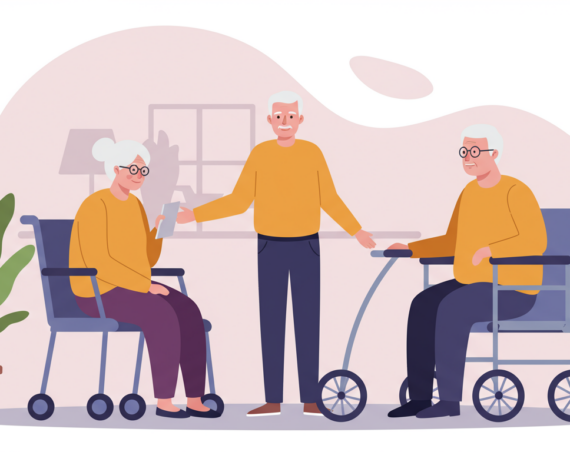
Retirees across the country are discovering renewed purpose by serving as hospice volunteers. This path lets seniors share wisdom, steady presence, and practical help at a tender moment of life. It fits varied schedules, demands kindness more than speed, and welcomes those who want to give back in intimate, person-centered ways.
Many programs partner with hospitals, faith groups, and assisted living communities, making the opportunity easy to find and close to home. For seniors seeking meaning after full-time work, hospice service often feels like a natural next chapter.
A Calling That Matches Life Experience
Hospice welcomes qualities that retirees and seniors often carry in abundance: patience, listening, humor, and calm under pressure. Decades of raising families, caregiving for relatives, or guiding teams translate into deep empathy and practical problem-solving. Volunteers are not asked to fix the unfixable; they are invited to witness, comfort, and dignify.
That alignment reduces performance anxiety, allowing seniors to offer steady companionship without pretending to be clinicians. In many programs, staff encourage volunteers to bring personal talents—storytelling, music, crafts—so each visit feels authentic rather than scripted.
Meaningful Work in Manageable Roles
Hospice volunteering is intentionally structured so duties remain clear and humane. Seniors may read aloud, share music, write letters, assist with legacy projects, or simply hold a hand in quiet. Some provide brief caregiver breaks, make bereavement calls, or help at reception. Others assemble comfort kits or support community education.
Training covers confidentiality, boundaries, and safety, and coordinators match shifts to energy levels. That blend of meaningful tasks and realistic time commitments lets retirees contribute without risking exhaustion.
Connection, Compassion, and Community
Service draws seniors into a small community of trust—patients, families, and the interdisciplinary hospice team. Conversations wander through memories, favorite recipes, and small joys, building rapport that eases long days. Volunteers learn from nurses, social workers, and chaplains while offering a neighborly presence that professionals may not have time to provide.
Regular check-ins, group debriefs, and shared rituals of remembrance protect well-being and limit isolation. Many retirees report that friendships formed around bedside care become lasting ties beyond a single assignment.
Benefits That Support Healthy Aging
Purposeful routine supports healthy aging by exercising the mind, heart, and habits. Seniors practice attention, recall stories, and plan visits, which keeps cognition engaged. Short walks to a bedside, gentle posture changes, and mindful breathing foster ease without overexertion.
Emotional resilience grows as volunteers witness tenderness, grief, and gratitude within clear boundaries. Researchers frequently link a sense of purpose to better sleep, steadier mood, and stronger social connection; hospice service offers all three in an immediate, practical way.
Conclusion
Retirees who serve in hospice show how ordinary presence can carry extraordinary weight. The work is humble, teachable, and profoundly human. For seniors ready to share time and steadiness, a simple volunteer badge can open doors to community, meaning, and a contribution that endures for families and care teams.




